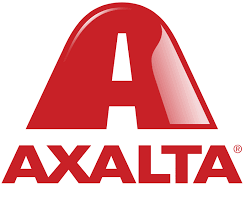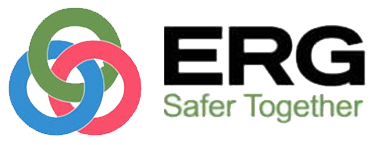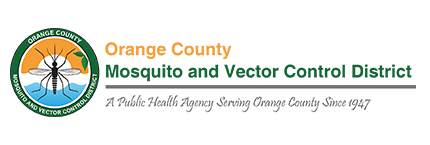You’re in the Right Place
Mobile, Offline Data Collection for Field Inspections, Research, & COMPLIANCE.


Moving You Forward:
AI Data Collection is Coming.
Zerion Software is comprised of innovators, problem solvers and builders, committed to empowering teams around the world in multiple industries to improve quality, compliance and safety while accelerating better decision making through the building of enterprise-level data workflows and fully integrated solutions.
Right now, that means pushing for solutions that provide true digital transformation. Looking for a better way to collect data? A virtual assistant in the field who can help your team collect data conversationally, without a form at all? Let’s talk. AI Data Collection has arrived and we can’t wait to show you what it means. Learn more about AI Data Collection, here.
Why Choose ZERION?
Best in Class Support
Never face a challenge alone. Our team is available to troubleshoot and problem-solve alongside yours.
True Flexibility
Well-Equipped Teams
You’re in the Right Place
iFormBuilder: Mobile, Offline, AND FLEXIBLE
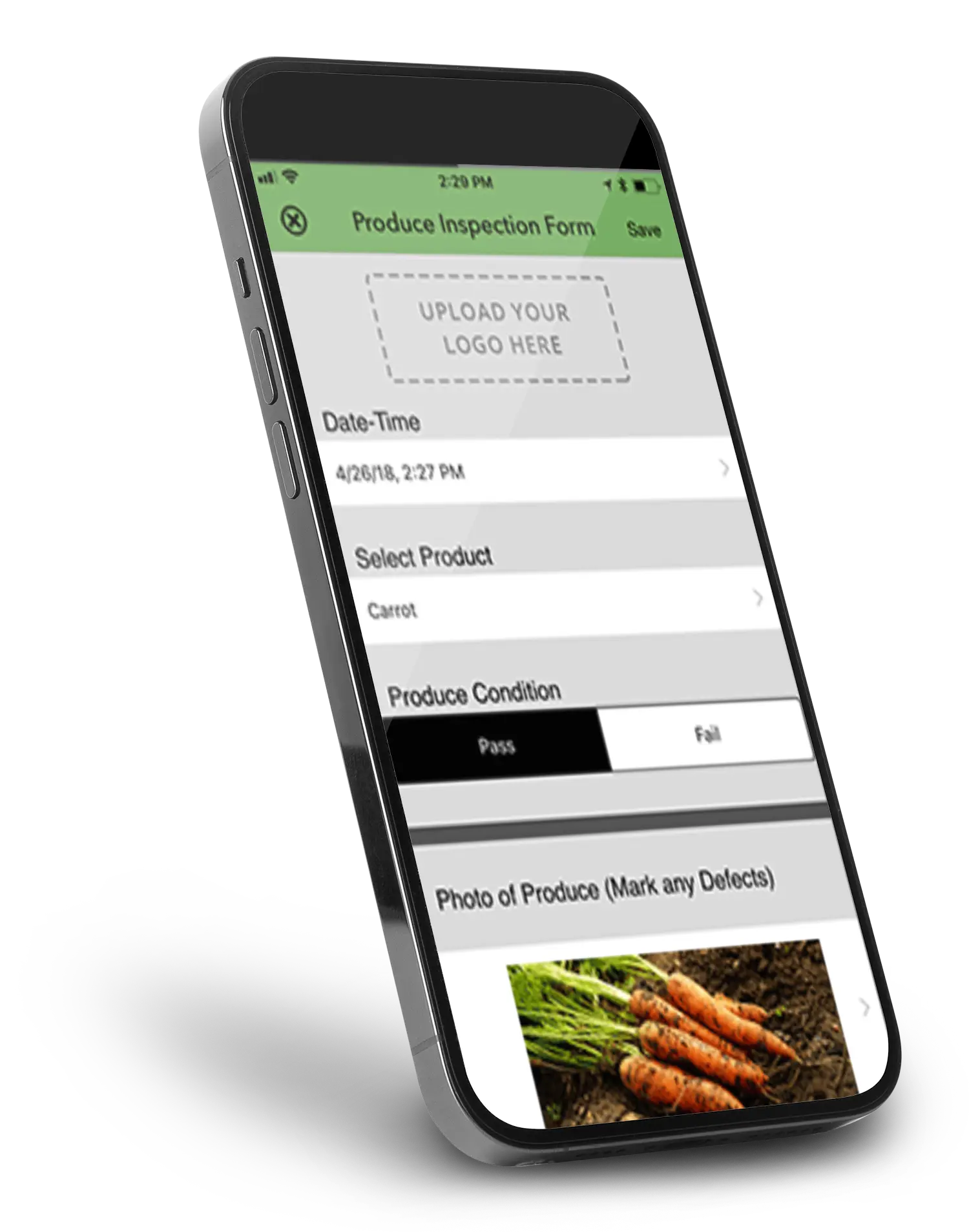
More than JUST SOFTWARE
There’s no substitute for experience. We have over a decade of experience working belly-to-belly to help teams of all sizes reach their enterprise goals through the leveraging of iFormBuilder.

An Element for Every Need
Customize your forms with over 35 different elements. Create lists, annotate photos, record GPS, and more.
Collect Data Offline
Enterprise API
Unleash the Power of JavaScript
Unmatched Security
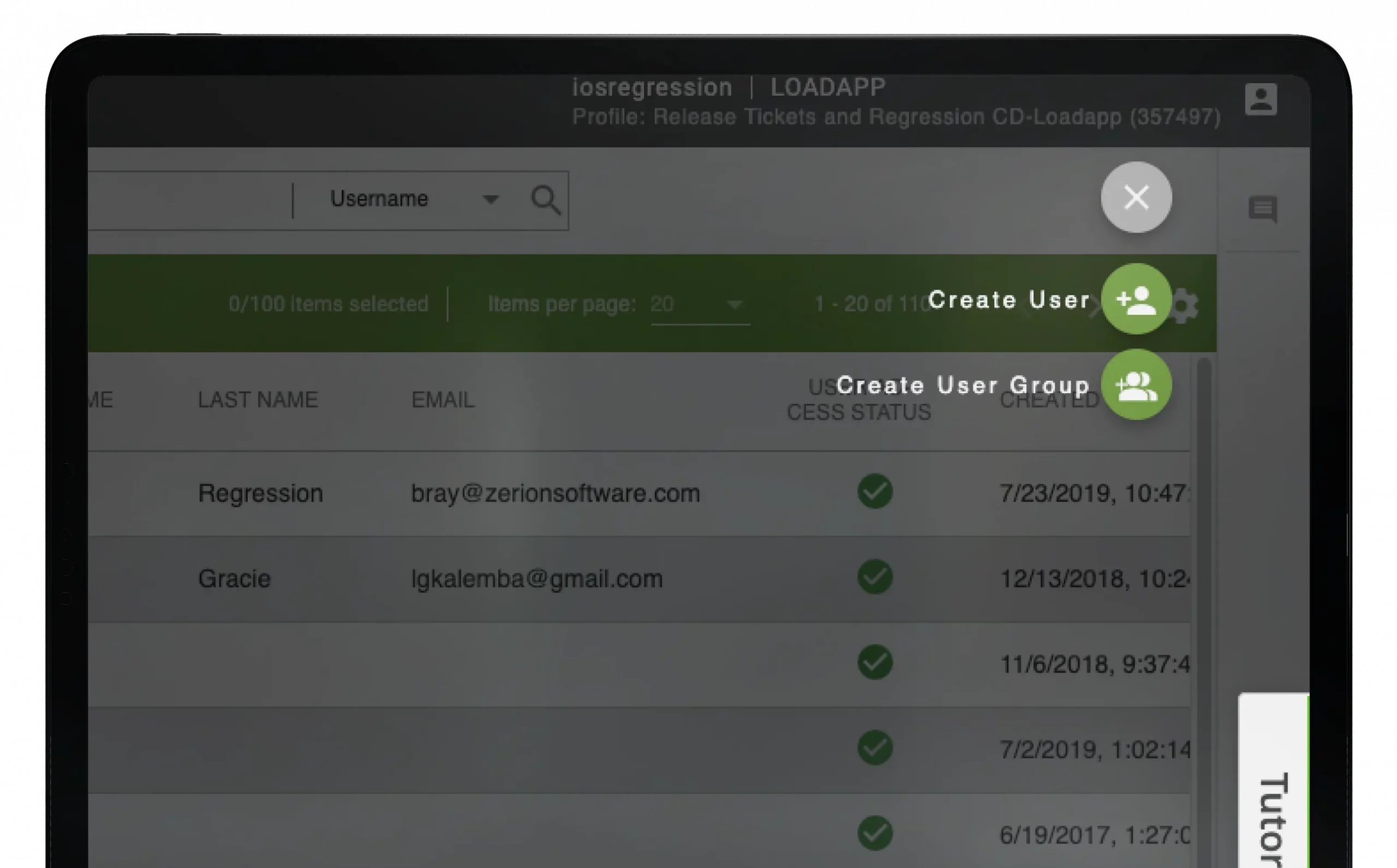
Make iFormBuilder
WORK FOR YOU
We can’t wait to have a conversation about your needs! Scheduling a demo is easier than you’d expect!
Trusted by the WORLD’S LEADING ORGANIZATIONS

Concern Worldwide Utilizes Custom Excel to Improve Efficiency

Tetra Tech responds to water crisis through efficient sampling, surveying and more

The University of Miami Health System Increased Operational Efficiency through Better Data in Action










